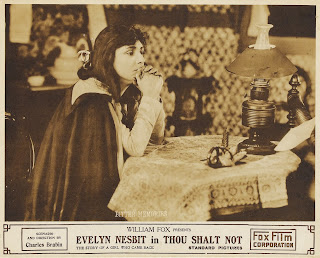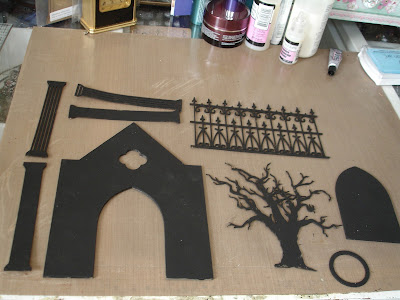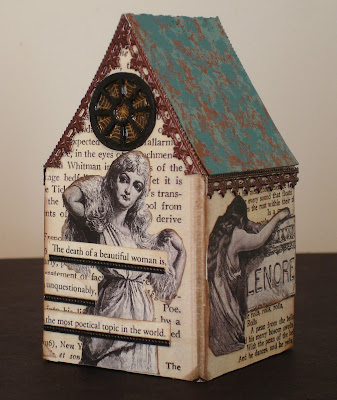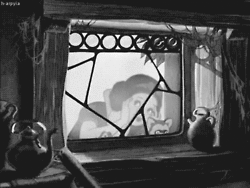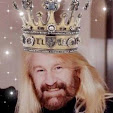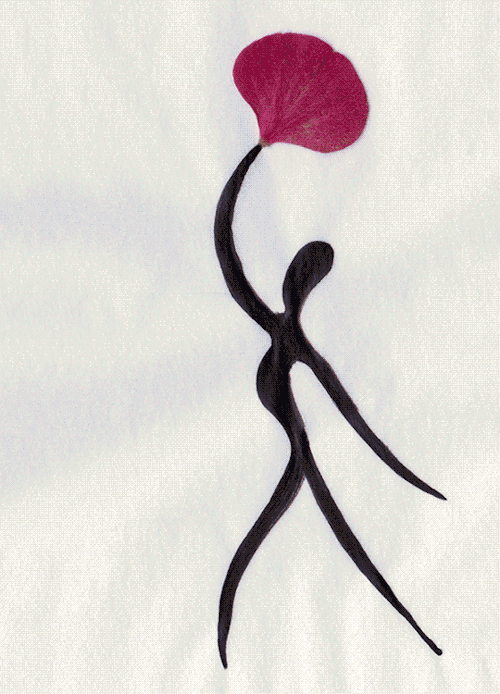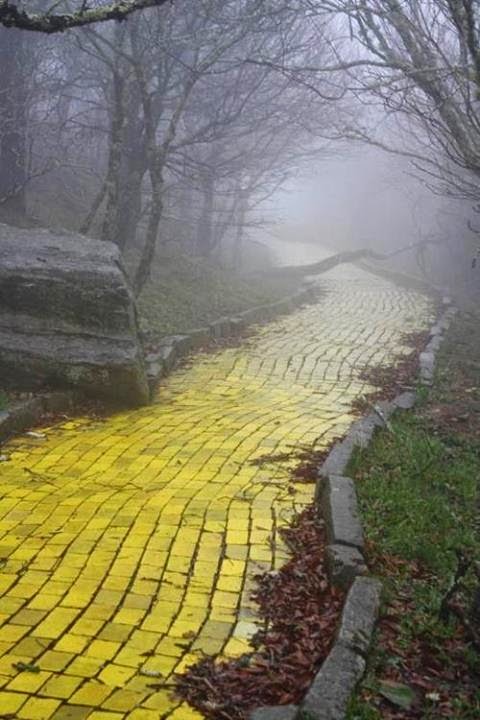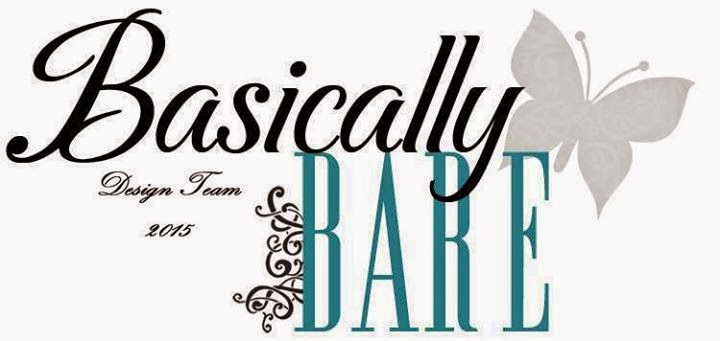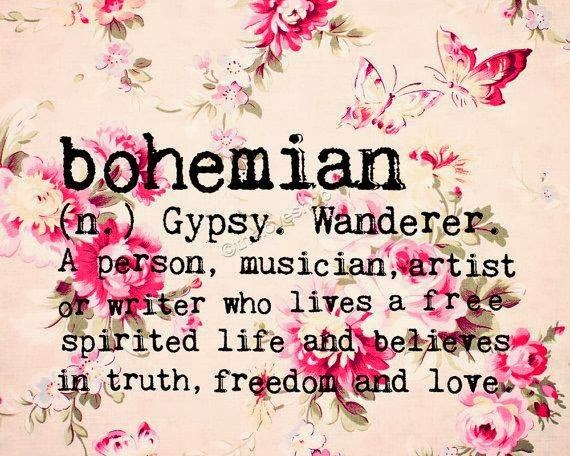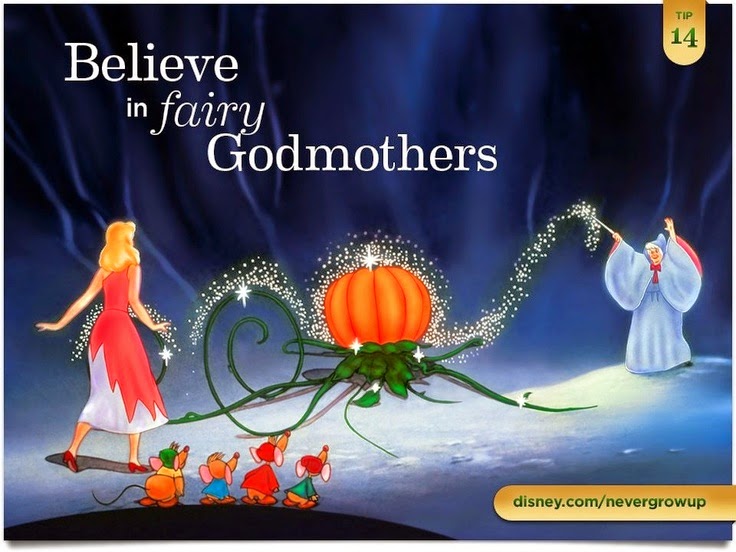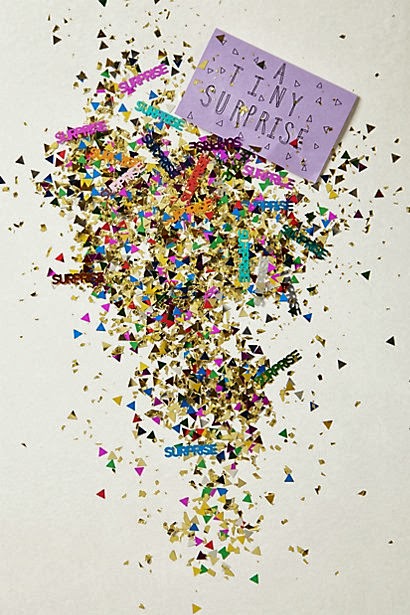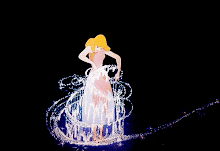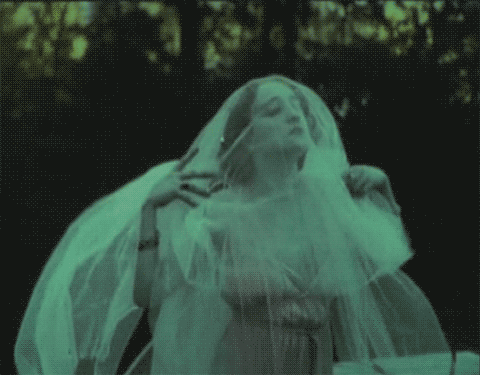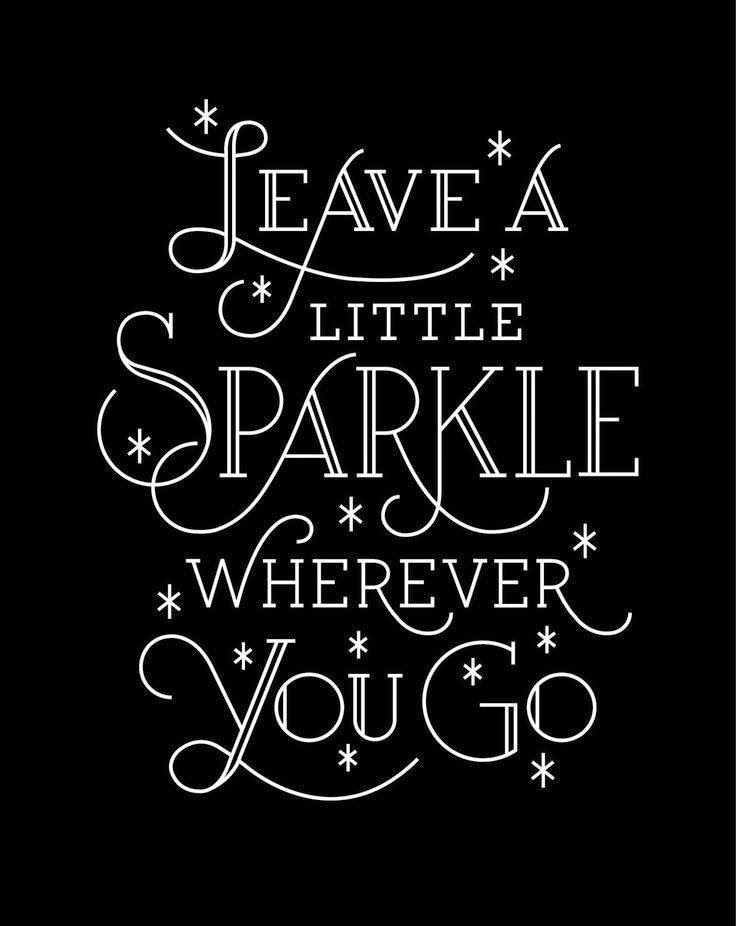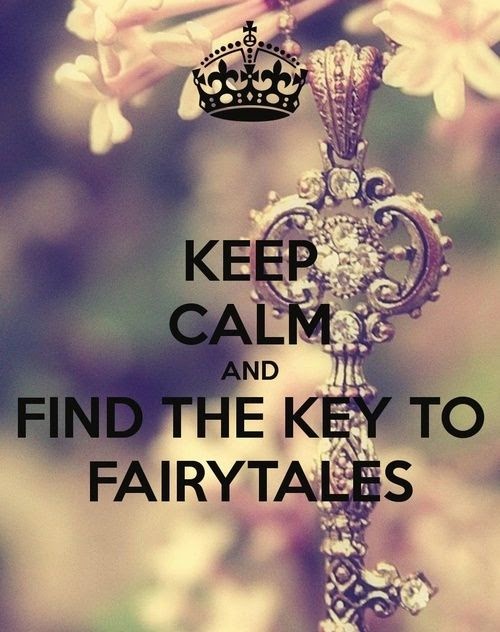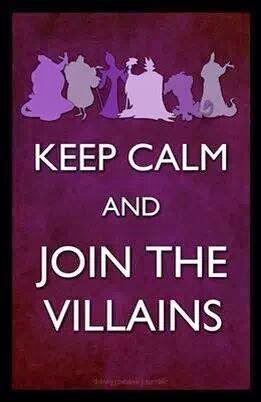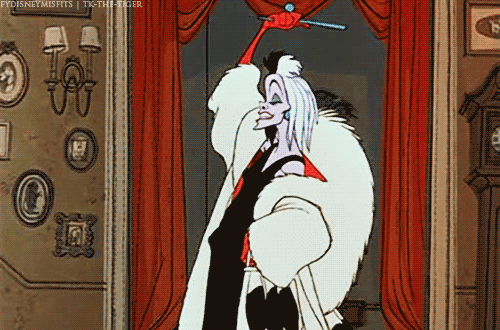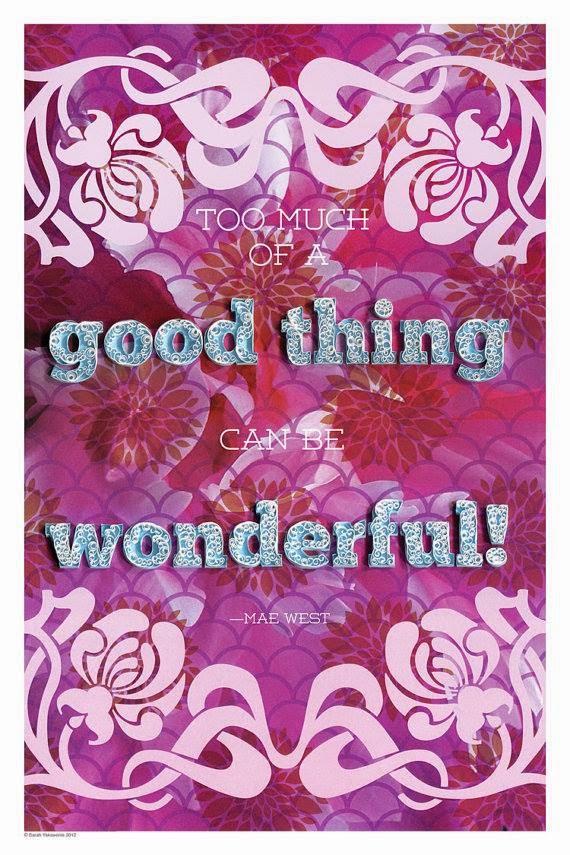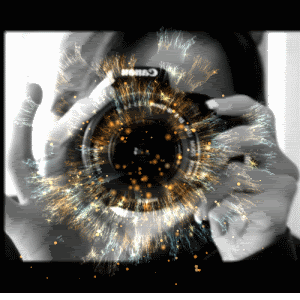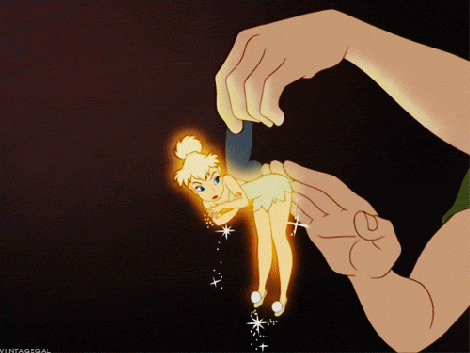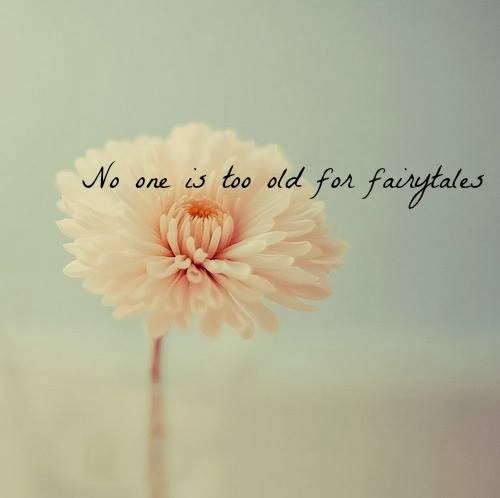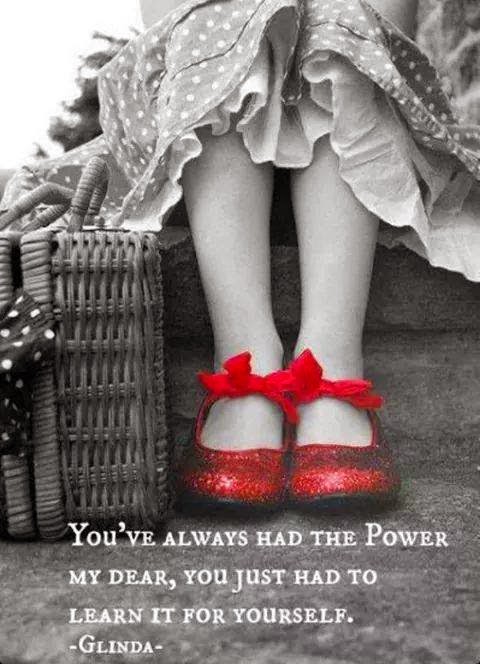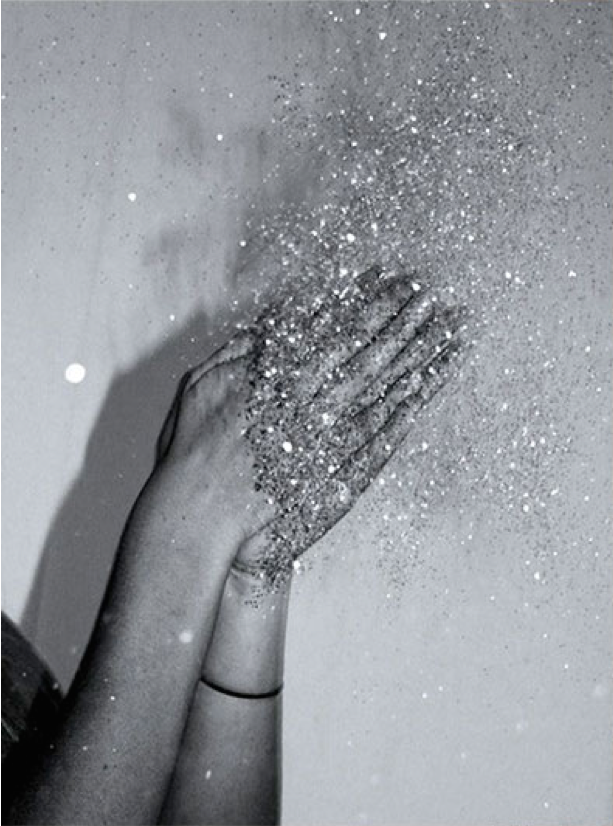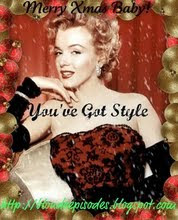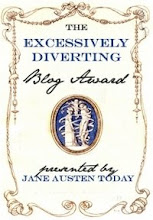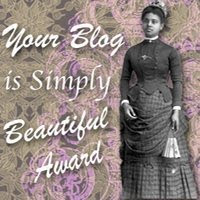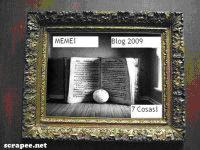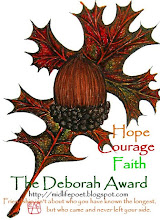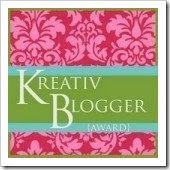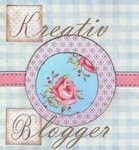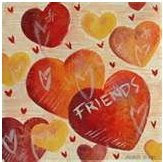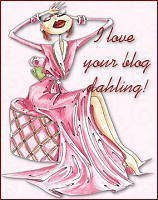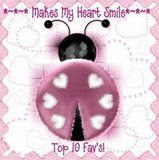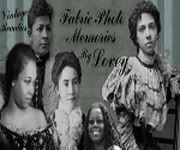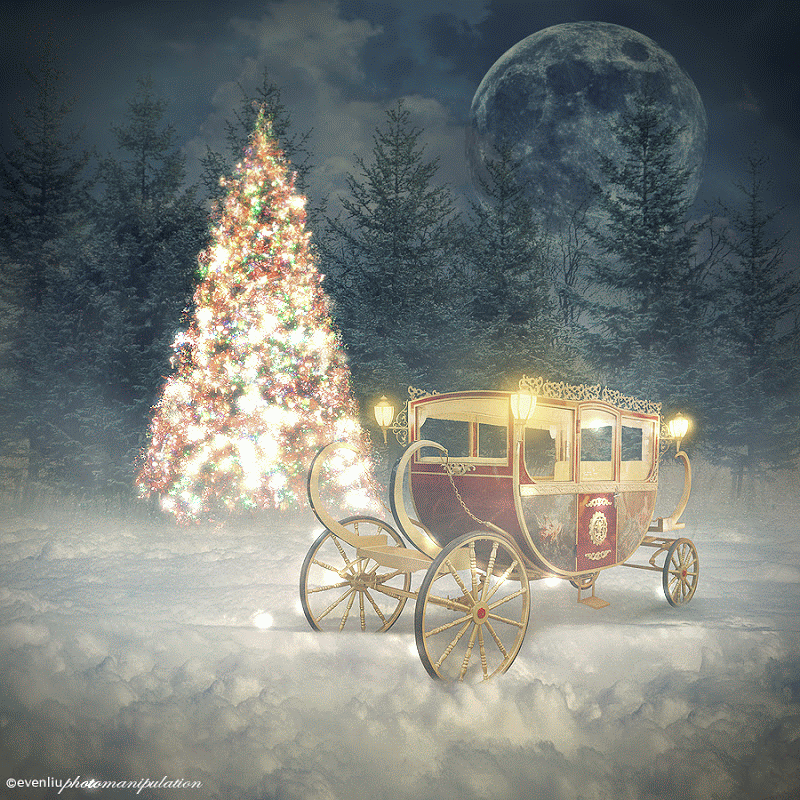"If
there were women or men in the world who do not believe that their
lives would make an entrancing story they are either very humble or very
clever."
With
this keen observation, Evelyn Nesbit begins her 1914 memoirs. It is a
keenness and intelligence which was deeply ingrained in this enigmatic
woman, who is still remembered today for her bewitching beauty and
her unfortunate - and undeserved - notoriety.
Florence
Evelyn Nesbit was born on Christmas Day in the small and unassuming
town of Tarentum, Pennsylvania. There is some confusion as to the year
of her birth. Officially she was born in 1884, but her actual year of
birth is most likely 1885. Even Evelyn herself wasn't entirely sure
about this, since any records which could clear the matter up once and
for all were lost in a fire. Evelyn's childhood was a happy one, spent
with her father Winfield, her mother Evelyn Florence, and her brother
Howard, who was 2 years younger than Evelyn. She was very much a daddy's
girl, enjoying a close bond with her father, who encouraged her
appetite for reading, music, and dancing.
The
carefree days of her childhood ended abruptly with the death of her
father when Evelyn was about 10 years old. Although Winfield had been an
attorney and was an educated and kind man, he had been neglectful of
the family's finances. After the family patriarch's unexpected death,
the Nesbits suddenly found themselves penniless and in debt. A difficult
time followed for the family. Evelyn's mother, still very much a
product of her Victorian upbringing, was hopelessly ill-equipped for her
new role as head of the family. She was an emotionally fraught woman,
who frequently gave in to endless bouts of hysterical sobbing and a
variety of melodramatic behaviors. Both Evelyn and her brother developed
a habit of sleeping with a pillow over their heads to block their
mother's wailings.
Money
was tight, and the Nesbits were forced to leave the family home.
Evelyn's mother made continuous efforts to find work as a
dressmaker. The family stayed with various relatives as well as in
boarding houses. Eventually the family moved to a boarding house in
Philadelphia, where Mrs. Nesbit had found work for all three of them at
Wanamaker's department store. It was in Philadelphia that Evelyn, now
aged 14, took her first steps in her modeling career. She was approached
by a local portrait painter and miniaturist, who asked Evelyn if she
would pose for a portrait. After getting her mother's approval - which
was given in large part because the family needed the money, and because
the artist was a woman - Evelyn agreed to do a sitting, which lasted 5
hours and earned her one dollar. The impecunious Nesbits were more than a
little amazed and impressed, and the thought occurred to them that
Evelyn might be in a position to earn some much needed money for the
family.
From
that first sitting, Evelyn's modeling career began to take flight. She
sat for various artists, and quickly became the most sought-after
artist's model in town. One of the earliest photos of her is one taken
by Ryland Phillips, when Evelyn was 15 years old.
In 1900
the Nesbits relocated to New York, motivated by the idea that better
opportunities - and therefore more money - could be found there. The
family took up residence in a small back room of a boarding house in
22nd Street. Again, money was tight. There were times when the only meal
of the day consisted of a biscuit and a cup of coffee. Mrs Nesbit
seemed to have had a change of heart concerning Evelyn's modeling, at
first flat out refusing her to take up modeling again. But eventually,
given the family's dire financial circumstances, she allowed Evelyn to
take the letters of recommendation she had received from the artists she
had modeled for back in Philadelphia to James Carroll Beckwith, a
well-known New York painter who was under the patronage of John Jacob
Astor. Beckwith took her under his wing and introduced her to other
artists and illustrators. Evelyn's modeling career continued to develop,
and her fame grew exponentially. She sat for artists such as George
Grey Barnard, modeling for his statue "Innocence", also known as
"Maidenhood". Perhaps most famously, she inspired Charles Dana Gibson's
illustration "The Eternal Question":
painting by James Carroll Beckwith
"Innocence" (aka "Maidenhood") by George Grey Barnard
"The Eternal Question" by Charles Dana Gibson
Soon,
Evelyn's face was ubiquitous. Her likeness could be found on magazine
covers such as Harper's Bazaar, Vanity Fair, Cosmopolitan and Ladies'
Home Journal. Her face was used to advertise a wide array of products,
varying from toothpaste to face creams. She appeared on an endless
variety of items, from pocket mirrors and postcards to beer trays and
sheet music. Evelyn's star was well and truly rising.
Evelyn
possessed an insatiable zest for life, and craved new experiences. "If I
were a man I should have been an explorer", she writes in her 1914
memoirs. Becoming bored with the endless hours of modeling, she began to
search for a new distraction. She was greatly attracted to the theater,
and decided to try her luck there. She didn't necessarily want to
become a famous actress, she merely wanted to be a part of the magical
world of the stage. As she describes it, she just wanted to be "in it".
At first, Evelyn's mother protested vehemently against her daughter's
wish to join the theater, which in those days was considered to be a disrespectful and borderline indecent profession. But 15 year old
Evelyn, mustering all her teenage stubbornness, relentlessly tried to
persuade her mother, and in the end Mrs. Nesbit gave in. Evelyn was
accepted as a Florodora Girl, and it wasn't too long before she rose
from being a mere chorus girl to getting larger parts in stage plays.
Evelyn as Vashti the gypsy in the 1902 production "The Wild Rose"
Evelyn as Vashti the gypsy in the 1902 production "The Wild Rose"
Her
involvement in the theater also meant that she now had a double income;
she was still modeling during the day, while her evenings were spent
performing at the theater. These were happy times for Evelyn : "posing
as a model by day, rushing to the play at night, the parties that so
often ended when the day had begun anew". For Evelyn, it was "a careless
period of life which was all white roses and down." Evelyn was happier
than she had been in a very long time : "I was permeated with the
delight of living."
In
the autumn of 1901 Evelyn met the man who would change the course of
her life in more ways than anyone could have possibly foreseen. Evelyn
had caught the eye of renowned New York architect Stanford White, whose
firm McKim, Mead & White was responsible for landmark
structures such as the second Madison Square Garden, the New York Herald
Building and the Washington Square Arch, as well as the private
mansions of the likes of the Astors and the Vanderbilts. White was equal
parts genius and beast; he was a flamboyant character, described by the
newspapers at the time as being "masterful", "intense", "burly yet
boyish". He was an intelligent and educated man, a collector of art and
antiques, and a lover of all things beautiful. But White - "Stanny" to
his friends - was also a notorious womanizer, with an
unrelenting appetite for adolescent girls. And unbeknownst to Evelyn,
she had been marked down as his latest conquest.
Stanford White
With
the help of chorus girl Edna Goodrich, White arranged a lunch time
meeting with Evelyn. Edna took Evelyn to an unassuming building on 24th
Street, where White had an apartment above a toy shop. It was one of
several "love nests" White owned in the city. As dull and unassuming as
the building looked on the outside, the inside was a different matter
altogether. The decor was lush and exotic; red velvet curtains, fine
paintings hung on the walls, antique Italian furniture, a variety of
objets d'art strategically placed around the room, luxurious divans with
Oriental silk cushions, and the entire scene was illuminated by
indirect lighting, creating a soft, rosy glow. Young Evelyn was more
than a little impressed.
Stanford White's studio on 24th Street collapsed in late October, 2007
Her
initial impression of White, however, wasn't very favorable. To
teenage Evelyn, the 47 year old White seemed "terribly old". At 15
years old, Evelyn was still very much a child. She had a great love of
mechanical toys or "automata", and was still very much a young girl in
many ways. During her first meeting with White, he seemed enamored by
her childlike innocence. After lunch he escorted Evelyn and Edna to a
room on the top floor, which was decorated in shades of deep forest
green. Much to Evelyn's amazement and amusement, in this room there was a
"gorgeous swing with red velvet ropes around which trailed green
smilax, set high in the ceiling at one end of the studio." White
invited Evelyn to sit on the swing, pushing her ever higher, in the
direction of a colorful Japanese parasol that hung from the ceiling. He
encouraged her to kick at the parasol and try to pierce the paper with
her foot. White seemed as thrilled by the childlike bit of fun as Evelyn
was.
Looking
back on this period of her life, Evelyn displays a keen insight in
White's insidious methods, an understanding of his "grooming" formula.
"Men like Stanford White reduce their methods to an exact science", she
writes in her memoirs. Even so, she is eager to stress that she does not
hate him : "White is to me a memory as of a great experience. One
remembers an earthquake without blaming or condemning the seismic forces
that produced the phenomena. White was an earthquake that shattered to
the foundations the fabric of innocence." She continues : "I can only
represent him as he was. Of his failing we know - it was his one
failing." She describes him as being both "kind and tender" as well as
"(preying) upon the defenseless". "He was a benevolent vampire."
Evelyn's initial
dislike of White quickly vanished upon discovering his wit, his charm,
his great mind, and his remarkable conversational abilities. "Cleverness
in a man or a woman has always been the supreme attraction", she
writes. And as her friendship with Stanny began to unfold, she became
ever more entranced by his intellect and his kindness towards herself
and her family. White assumed the role of the Nesbit family's
benefactor. He arranged for Howard to resume his education at Chester
Academy, Pennsylvania. He installed Evelyn and her mother in a luxurious
hotel room, ensuring their every need was met. He encouraged Evelyn's
education, seeing to it that she studied literature, art, and music. He
even arranged for Evelyn to see his dentist, to get her front tooth
fixed, which had been chipped during a childhood ice-skating accident
and was slightly discolored. From all outward appearances, White played
the role of a kindly uncle, showering the Nesbit family with one
kindness after another. Evelyn became a frequent guest at his parties,
meeting many of the big celebrities of the period, as well as having
more intimate meetings with White himself.
White
exerted a gentle, almost unnoticeable influence over many aspects of
Evelyn's life. Including what she ate ("a girl must never let herself
get fat") and drank. He was always careful that she didn't drink too
much alcohol, only ever allowing her 1 drink. Looking back, Evelyn
remembers "he wanted control - of when I had none."
White
introduced Evelyn to many of his artist friends, including renowned
photographer Gertrude Käsebier, who took what is likely to be the most
famous photograph of Evelyn, titled "Miss N."
Gertrude Käsebier photograph, "Miss N" - 1901. Published 1902
In
November 1901, White began to encourage Evelyn's mother to visit some
relatives back in Pittsburgh. Evelyn's mother was reluctant at first,
hesitating to leave her daughter all alone in New York City. White
reassured her : "I am here. She can hardly be alone when I am around to
look after her." So Mrs. Nesbit left for Pittsburgh with a clear
conscience. A few days after her departure, White took Evelyn to the
studio of famed photographer Rudolf Eickemeyer jr. There, she had a
marathon modeling session, endlessly changing costumes and posing for
hours on end. By the end of the session, Evelyn was so exhausted that
she drifted off to sleep on a bearskin rug, wearing a priceless Japanese
kimono which Stanny said he had bought in Hong Kong especially for her.
Eickemeyer immediately recognized a perfect opportunity and
photographed the sleeping girl, thus creating another one of the most
iconic portraits of Evelyn.
photograph by Rudolf Eickemeyer, Jr.
The
next night, Evelyn was on her way to a party at White's little hideaway
in 24th Street, the place where the two had first met. In her 1914
memoirs she writes that up until that point she was "a child with no
knowledge of the big and stunning facts of life other than any child
has." Upon arriving, she was disappointed to find only White present. He
informed her that all the other guests had turned down their
invitations. But Stanny assured her "we will have our own party", and
they sat down to dinner. Evelyn, having been painfully familiar with the
pangs of hunger, had a very healthy appetite, and relished all the
delectable delicacies which were a staple at all of White's parties.
Uncharacteristically, on this occasion White allowed Evelyn to have more
than her usual single drink of alcohol. She had several glasses of
champagne, and eventually White took Evelyn upstairs, telling her that
he had another room there which she had not yet seen. He escorted her to
a small back studio, lavishly decorated with medieval tapestries,
paintings and antiques. But above all, Evelyn was struck by the fact
that "the walls and ceiling (were) covered with mirrors, the floor with
imitation glass. The mirrors ... were so cleverly set together that they
gave the appearance of being a solid sheet of mirror-covering. Here
again, indirect lighting cast a soft glow over everything. At one side
stood a large, moss-green velvet-covered couch, immense in so small a
room. The multiple mirrors created an extraordinary effect; you saw
yourself repeated in endless vistas."
White
then revealed another hidden room behind one of the tapestries. It was
"a little bedroom, all hung in chintz", and a dark purple was the
dominant color. In the room stood a four-poster canopied bed, with a
little table next to it. The headboard, the dome of the canopy and the
wall next to the bed were all mirrors, and around the top of the bed
there were electric lightbulbs, with a series of buttons to regulate the
lighting effects and the colors of the light, which varied from rose to
soft blue. It reminded Evelyn of "fairy-book descriptions of nymphs'
palaces under the sea". On the small side table stood another bottle of
champagne and a glass. Stanny popped the cork, filled the glass, and
handed it to her. As she remembers later, the champagne "tasted
unusually bitter". Very quickly afterwards, she began to feel dizzy and
sick. The room began to spin, and everything went black.
When
Evelyn came to, she found herself lying naked in bed, with an equally
naked Stanny beside her. She noticed "blotches of blood" on the sheets
and began to scream. White tried to silence her, saying "it's all over,
it's all over". He took the bewildered Evelyn home, all the while
instructing her to keep quiet about what happened. He pleaded with her
one minute, covertly threatening her the next. As she recalls, he said
to her "Everybody was bad, everybody was evil. Evil was the basis of
life." The only sin was to talk. "It was a terrible thing to talk." A
young, impressionable and vulnerable Evelyn, utterly lost and confused
as to what to do, felt she had no choice but to accept White's
explanation. Evelyn was not only influenced by her era's view on sex
- consensual or otherwise - but she was also very skillfully groomed by
White. Additionally, there was also the very real fear of White
withdrawing himself from his role as the family's benefactor, cutting
short her brother's education, evicting them from their home, and
putting an end to Evelyn's career.
So,
Evelyn did the only thing she could do : she picked up the pieces and
continued with her life as best she could. In her 1914 memoirs she
writes how she was "dazed and bewildered, as all the fair fabrics of my
faith crumbled into dust". She could only do what her survival instinct
told her to do : lock away all the bad stuff in a remote corner of her
mind and go on with her life.
Despite his
most recent despicable behavior towards her, Evelyn had grown to love
Stanny. And for some time they became lovers, albeit secret ones. Evelyn
would later write about White that he didn't ruin her life. "He merely
made a way for me, a painful way, not the smoothest or the least
exciting, but a way that was inevitable mine. It is not for me to judge,
nor for you."
So
Evelyn went on with her life, and notes : "I found myself almost as
I had been before that night, with interests as keen, with as poignant a
sense of humor as ever, though a change had come over me and though my
angle of vision had changed."
In
1902 she met John Barrymore of the famed Barrymore acting family
(grandfather of Drew Barrymore), who fell head over heels in love with
Evelyn. There was a brief period of intense courting between the two,
but eventually, through intervention of both Mrs. Nesbit as well as
White, the blossoming romance fizzled and died.
John Barrymore
Then later that year, Evelyn met the other man who would change the course of her life forever.
Harry Kendall Thaw
Just
like other theater girls, Evelyn had her fair share of admirers. She
regulary received flowers, gifts, love letters, even marriage proposals.
One of her most ardent admirers was Harry Kendall Thaw, the millionaire
son of a Pittsburgh family who had made their fortunes in coal and
railroad. "Mad Harry" Thaw had a long history of mental instability. His
increasingly erratic behavior was kept under wraps by his wealth and
status as well as through the efforts of his doting mother, Mary Copley
Thaw, the iron-willed matriarch of the family. Harry's already fragile
sanity was shaken further by his use of morphine and cocaine. Though he
was given to all manner of sexual perversions himself, he had an
unrelenting obsession with purity and chastity, seeing himself as the
protector of young girls against "voluptuaries" such as Stanford White.
Harry had long been obsessed with White, and when Harry fell in love
with Evelyn this added more fuel to the fires of his obsession.
Evening
after evening, Harry visited the play in which Evelyn starred. he wrote
her love letters and sent her gifts, all under the assumed name of "Mr.
Munroe". Eventually, he had a fellow chorus girl arrange a meeting with
Evelyn. They met for lunch several times, and he finally revealed
himself to be none other than "Harry K. Thaw, of Pittsburgh!" A slightly
bemused Evelyn could offer no other response than "Indeed!"
A
friendship developed between Evelyn and Harry, who was very careful to
always be on his best behavior with her. Although his strange antics
were widely known, for the time being Evelyn remained blissfully unaware
of Harry's mental instability.
Stanford
White, unhappy with Evelyn's frolics with both John Barrymore and Harry
Thaw, arranged for her to take up studies at Mrs DeMille's elite
boarding school for girls in Pompton Lakes, New Jersey. In spite of
initial efforts to keep her identity a secret from her school mates, the
secret eventually got out and Evelyn soon found herself to be quite a
celebrity at the school. She was "a real live actress transplanted into
their midst." Although Evelyn was very unhappy to have been forced to
leave her life in New York behind, true to her spirit she tried to make
the best of things and settled into life at the school.
In
April of 1903 Evelyn suffered from acute appendicitis. She had an
emergency appendectomy, and for her "recovery" Harry arranged a trip to
Europe, for Evelyn, her mother and himself. In May of that year the trio
travelled to England aboard the S.S. New York.
By
this point, Harry had proposed marriage to Evelyn several times, but
she had always refused him. This might have been in part because she
intuitively understood that marrying Harry wouldn't be a very good idea.
But in part it was also because of her relationship with Stanny. She
felt extremely guilty for not being truthful about it to Harry,
especially given his obsession with purity and chastity, which began to
make itself ever more clear to Evelyn.
During
their trip to Europe, where they visited England,
France, Holland, Germany and Austria, the party had an extremely hectic
itinerary. Much too exhausting for a still weak and recuperating Evelyn.
Even more worryingly, Harry began to expose some of the madness that
lurked beneath his gentlemanly veneer of kind solicitude. At every
opportunity Harry would bring Evelyn's attention to statues of the
Virgin Mother and various virtuous saints and martyrs, who had chosen
death over giving in to sin. While visiting Domrémy, the birthplace of
Joan of Arc, Harry wrote in the guestbook : "she would not have been a
virgin if Stanford White had been around."
During
their stay in Paris, the already strained relationship between Evelyn
and her mother blew up to such a degree that they had a terrific row,
and a furious Mamma Nesbit left the party to return to the States by
herself, leaving Evelyn behind with Harry. One evening Harry visited
Evelyn in her Paris hotel room, asking her once again to marry him.
Again she refused, and Harry pressed her to tell him why she wouldn't
marry him. Evelyn finally broke, and slowly and in minute detail she
told Harry all that had occurred between herself and Stanford White.
Harry was highly distraught, hysterical one minute and completely numb
the next. Eventually he assured her that he forgave her, and the two
resumed their travels.
While
in Austria, Harry rented a castle, Schloss Katzenstein, for three full
weeks. After traveling at such a frantic pace for so long, Evelyn was
glad of the respite. During their stay there, Harry suddenly revealed
his Jeckyll & Hyde personality; possibly fueled by his drug use, he
broke into Evelyn's bedroom one evening and proceeded to launch a
devastating attack on her. He beat her, he choked her, he lashed her
with a rawhide whip, and finally he raped her.
Schloss Katzenstein
Over
the next few weeks, a completely dumbfounded and both physically as
well as psychologically wounded Evelyn was completely under Harry's
control. It was 3 weeks before she had sufficiently recovered
to resume their travels. Aided by some friends she finally managed to
return to the States without Harry. Evelyn distanced herself from Harry
for some time. She renewed her friendship with White, who, upon learning
what had happened during the fateful trip to Europe, took Evelyn to see
attorney Abraham Hummel. Evelyn made statements regarding their travels
and she signed an affidavit detailing Harry's vicious assault on her.
But
eventually, because of her youth, her vulnerability, her
impressionability and her longing for companionship, she tentatively
allowed a now extremely kind and highly solicitous Harry back into her
life. He resumed his relentless courtship of Evelyn, assuring her that
all had been forgiven. He gradually won her over again, promising her
the world, showering her with affection, and pledging his undying love
for her. Harry's control over Evelyn became even more complete than
White's. He even arranged for Evelyn to see his own dentist, who was
instructed to remove and redo all the dental work that had been done by
White's dentist.
Eventually,
for reasons only known to herself and against her better judgment,
Evelyn married Harry in April of 1905. Mother Thaw had long objected the
marriage, given Evelyn's low status. But Harry always got what he
wanted, and in the end Mother Thaw gave in, on the condition that
Evelyn's past must be buried and never spoken of again. Although Evelyn
didn't learn about this stipulation until later, she certainly had no
objections. "Nobody desired more earnestly to close my past; it needed
less closure than obliteration."
Evelyn
and Harry occupied a wing in Lyndhurst, the Thaw family mansion in
Pittsburgh. She found their life there to be excruciatingly boring. Life
consisted of luncheons and dinners with the Thaws, whom Evelyn found to
be dull and uncultured, and who had no great sympathy for Evelyn, nor
she for them. There were church visits, charitable bazaars, and endless
dinners with ministers and their wives. Evelyn writes : "Those dinners!
Those ministers who came in benign and stately procession! And last, but
not least, those ministers' wives! They were good women; they
invariably acted with a monotony and a sameness that led me to suppose
that there existed somewhere in America a school for ministers' wives
where they were taught to say the same things in identical terms."
Evelyn
was bored out of her head, and she especially had no patience for what
she calls "a certain type of Christian". She was appalled by the
hypocrisy and the shallowness of some of the people she met. She recalls
one specific incident : "There was a clergyman who was a frequent
visitor to the house, who had been associated with my marriage. He was
very nice, a very fair specimen of Christianity. One morning, when we
were sitting in the front of the house, a dog of mine came along, and in
its light-hearted fashion jumped upon the knees of the reverend
gentleman. His reward was a kick that sent the poor dog flying. I always
tried to behave myself with that decorum that the position called for,
but here was an instance that roused all the latent devil in me, and, to
the horror and consternation of all the Thaws present, I rose and in
such violent language as I could summon to my command, spoke very
freely. It was not perhaps a tactful thing to do, but I am a great lover
of animals."
Harry
was on his best behavior during this period in their lives. Although
there were certain peculiarities, such as his insistance that Evelyn
should only wear white clothing. And of course his unrelenting obsession
with White, which led him to press Evelyn for more and more details
night after night, sitting on her bedside, sobbing as she was made to
tell him of her dealings with White over and over again. But overall he
did his best to be as good a husband to Evelyn as he could be.
Because
Evelyn's past as a chorus girl and artist's model should be forgotten,
there weren't many instances where she was photographed during this
period. But Harry did arrange for a photographer to come to the Thaw
mansion one day, to take a type of picture which was very popular in
those days. A sheet would be put up, which had various slits in it
through which women would stick their heads. They would then have their
hair pulled up, as to create the impression of the severed head of one
of Bluebeard's wives. Many women would even whiten their faces with
powder and apply fake blood to their necks, to make for an even more
gruesome photograph. Harry had Evelyn pose for such photographs, which
resulted in a collage titled "Evelyn's Moods" :
"Evelyn's Moods" photo collage
Evelyn's
past may have been buried, but the Thaws certainly did not let her
forget where she came from. They treated her as a sinner, and their cold
attitude towards her added to Evelyn's unhappiness. In addition to
this, Harry's unrelenting nightly visits, during which he compulsively
pressed her to recount the details of her relationship with White,
caused Evelyn to question Harry's sanity more and more, and she
reproached herself for agreeing to marry him.
Harry's
longstanding and ever increasing obsessive hatred of White finally
culminated in a dreadful climax. On June 25th 1906, during an evening
out in New York with Evelyn and two other friends, Harry encountered
Stanford White during the opening night of the play "Mlle Champagne" at
the Rooftop Theater of Madison Square Garden. As the party was preparing
to leave, Harry suddenly walked up to White, who was sitting at a
table. He pulled out a gun and shot the architect point blank in the
face, killing him instantly. A hysterical Evelyn made her escape,
fleeing to a friend's house where she spent the night. Harry was
arrested and imprisoned in The Tombs.
Harry was
charged with first-degree murder, and the subsequent trial was to be
dubbed the "Trial of the Century". It was the first instance in the
history of American jurisprudence where a jury was sequestered, due to
the overwhelming amount of publicity of the case. The public greedily
lapped up every tiny detail, relishing in the scandal that unfolded
before their eyes. The case had all the necessary ingredients to make
for a sensational story : the famed architect, the millionaire playboy,
the celebrated model and actress, the mysteries and intrigues of the
rich and famous, with a side of sex and a main course of murder. People
couldn't get enough of it.
Harry
was tried twice for the murder, over the course of several years. The
first trial was declared a mistrial, when after 47 hours the jury
emerged deadlocked. Seven members of the jury had voted guilty, five not
guilty. At the second trial, Harry pleaded temporary insanity. He was
found not guilty by reason of insanity, and sentenced to life
imprisonement at the Matteawan State Hospital for the Criminally Insane
in Fishkill, New York. In 1913 Harry escaped from prison and fled to
Canada, but he was caught again and extradited to the US in 1914. In
July of 1915, a jury found him to be no longer insane and he was
released from prison. However, the following year he was again arrested
and charged with the kidnapping, beating and sexual assault of 19 year
old Frederick Gump. He was again incarcerated, and released in 1924.
Evelyn
had testified on her husband's behalf at both murder trials. The
proceedings took an enormous toll on her. She was emotionally
distraught, acutely aware of the fact that her husband's life might lay
in her hands. She was constantly hounded by the press, which only added
to her distress. Photographs taken by journalists at this time show an
emotionally drained and stressed Evelyn.
Evelyn's
testimony included all the sordid details of her year-long relationship
with White, which was presented as the cause for the murder. She felt
dreadfully embarrassed, struggling immensely with the fact that all the
details of her private life were now public property. She writes : "The
pressure of Harry's finger upon the trigger had done more than send the
swift bullet upon its terrible way. It had released the curtain, which
hid us all from the gaze of the world. All these eyes that stared, all
these fingers that pointed, startled me. I have a dim recollection of
being haunted by an army of reporters. I see again the flaming headlines
that told the world of Harry's mad act."
Through
both trials and Harry's subsequent imprisonement, Evelyn stood by her
husband. In 1910 she gave birth to a son, Russell William Thaw. Evelyn
maintained that Russell had been conceived during a conjugal visit while
Harry was confined in Matteawan, although Harry always denied
paternity. Evelyn eventually divorced Harry in 1915.
In
1911 Evelyn's mother, with whom she had by now reconciled, took on the
role of Russell's caregiver, while Evelyn tried to build a new life for
herself and her son. She began to appear in vaudeville acts, and in 1916
she married her dancing partner Jack Clifford.
Evelyn and Jack Clifford
Evelyn and Jack Clifford
Evelyn and Jack Clifford
Evelyn and Jack Clifford
But
Evelyn's past continued to haunt her. The public would never let her
forget her past, and audiences frequently turned out in droves to see
the "lethal beauty". Clifford was unable to deal with his wife's
notoriety. He finally grew tired of being "mrs Evelyn Nesbit" and left
her in 1918. Evelyn eventually divorced him in 1933.
Evelyn
went on to star in a number of silent films, frequently alongside her
son Russell. These films are now lost, all that remains of them is a
handful of movie stills.
silent film "Redemption"
silent film "A Fallen Idol"
silent film "I Want to Forget"
silent film "Thou Shalt Not"
Throughout
her life, Evelyn embarked upon a variety of careers. In the 1920's she
owned a tearoom as well as a speakeasy. During the 1930's she worked the
burlesque scene, although never as a stripper. In 1939 she told a
reporter : "I wish I were a strip-teaser. I wouldn't have to bother with
so many clothes." She also wrote columns for a newspaper, and continued
to be a regular fixture in the celebrity news.Evelyn struggled with addictions to alcohol and drugs. There were money problems, brushes with the law, as well as several unsuccesful suicide attempts. But eventually she managed to overcome her difficulties, reinventing herself time and time again, and always making the best of her circumstances. She strove to better herself as a person, continuing to educate herself and studying subjects such as philosophy and religion.
In
the 1940's she relocated to Los Angeles, where she found a new career
in teaching ceramics and sculpting, something which had always been one
of her passions, at the Grant Beach School of Arts and Crafts.
In 1955 a highly fictionalized account of her life was made; Evelyn herself served as a technical advisor on the movie "The Girl in the Red Velvet Swing", which starred Joan Collins as Evelyn.
In 1955 a highly fictionalized account of her life was made; Evelyn herself served as a technical advisor on the movie "The Girl in the Red Velvet Swing", which starred Joan Collins as Evelyn.
Evelyn died of natural causes on January 17th 1967, in a nursing home in Santa Monica, California.
Her legacy is still very much alive today. She remains an icon of her era. She was the first supermodel, the first "It Girl". She embodied the spirit of her time in a quintessential way, and yet she also transcends her era. Even today Evelyn's face and look is as ubiquitous as ever; books continue to be written about her, there are many websites which are dedicated to her, and her face still graces a wide variety of objects and trinkets, from phone covers and mousepads to christmas ornaments and jewelry. Her enigmatic smile and sphinx-like gaze continue to bewitch a modern audience. One can't help but wonder what Evelyn herself might have thought of the enduring legacy she has left behind.
I'm 36 years old and live in a small town in the South of the Netherlands. I have a lifelong love affair going on with both reading and history, and especially the two of them combined. I also love writing, and although I'm by no means a "pro" I do enjoy writing poetry (just for myself, not meant to be published) as well as just generally writing with people. I started penpalling when I was in my teens, and writing with other people has always been something I enjoy very much. Although these days it is primarily online, instead of via letters.
And well ... I'm just a person who has a real passion for life and its many beautiful aspects. I love art, history, culture, literature, poetry, music, movies, and just generally learning as much as I can about the world. And hopefully even contribute something positive during my short stay on this globe.
Thanks so much, Anneke, for sharing both your love of history and writing here on Enchanted Revelries! I do hope you'll return in the future and write for us again!
Now, my lovely followers, go make something beautiful!
¸.•´¸.•*´¨) ¸.•*´¨)(¸.•´
(¸.•´♥ Tristan ♥


























